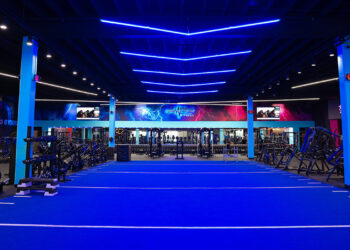According to the American College of Sports Medicine (ACSM), tracking metrics with wearables has become one of the top fitness trends in recent years. Whether within the club or elsewhere, members are increasingly relying on this data to both quantify and modify their training sessions.
Measuring metrics during exercise can motivate users to train harder, longer or more efficiently, depending on their training goals. We’ve found general fitness users are motivated by different metrics depending on what is going on in their lives. At times their primary focus may be speed or pace, and at other times it may be calories, distance, watts or heart rate.
We are going to look at heart rate as the motivating metric. Why is training with heart rate important? Heart rate reflects the body’s response to exercise or the work being performed. It can be impacted by many different factors including sleep, illness, hydration, stress, medication, altitude, over training, etc. It is the measurement of the body’s current state as well as the intensity of the exercise. It allows users to be more strategic with their workouts by planning a mix of higher and lower intensity training, along with recovery days for optimal health and performance.
In a club setting, heart rate tracking is a fantastic tool to measure a participant’s performance when they are moving from one modality to another during a training session. There are several different group heart training systems — such as Myzone, FitMetrix and Performance IQ — that are compatible with select equipment brands and work well in these multi-modality sessions. In the group environment, the coach or instructor can guide the participants based on their response to the movement, pushing them harder or asking them to back off when needed.
Another benefit of heart rate training is users can wear their heart rate device both inside and outside of a facility to get credit for everything they do. It also allows them to understand how quickly their body recovers. As they get in better shape, their heart rate should drop 20 to 30 beats within the first minute. If their resting heart rate starts to trend up, it may indicate they need a recovery day. This allows them to approach training in a more holistic way.
Motivating members to start moving and keep moving is the objective. Heart rate tracking is one metric that can help achieve this goal in a very personal, non-invasive way.










